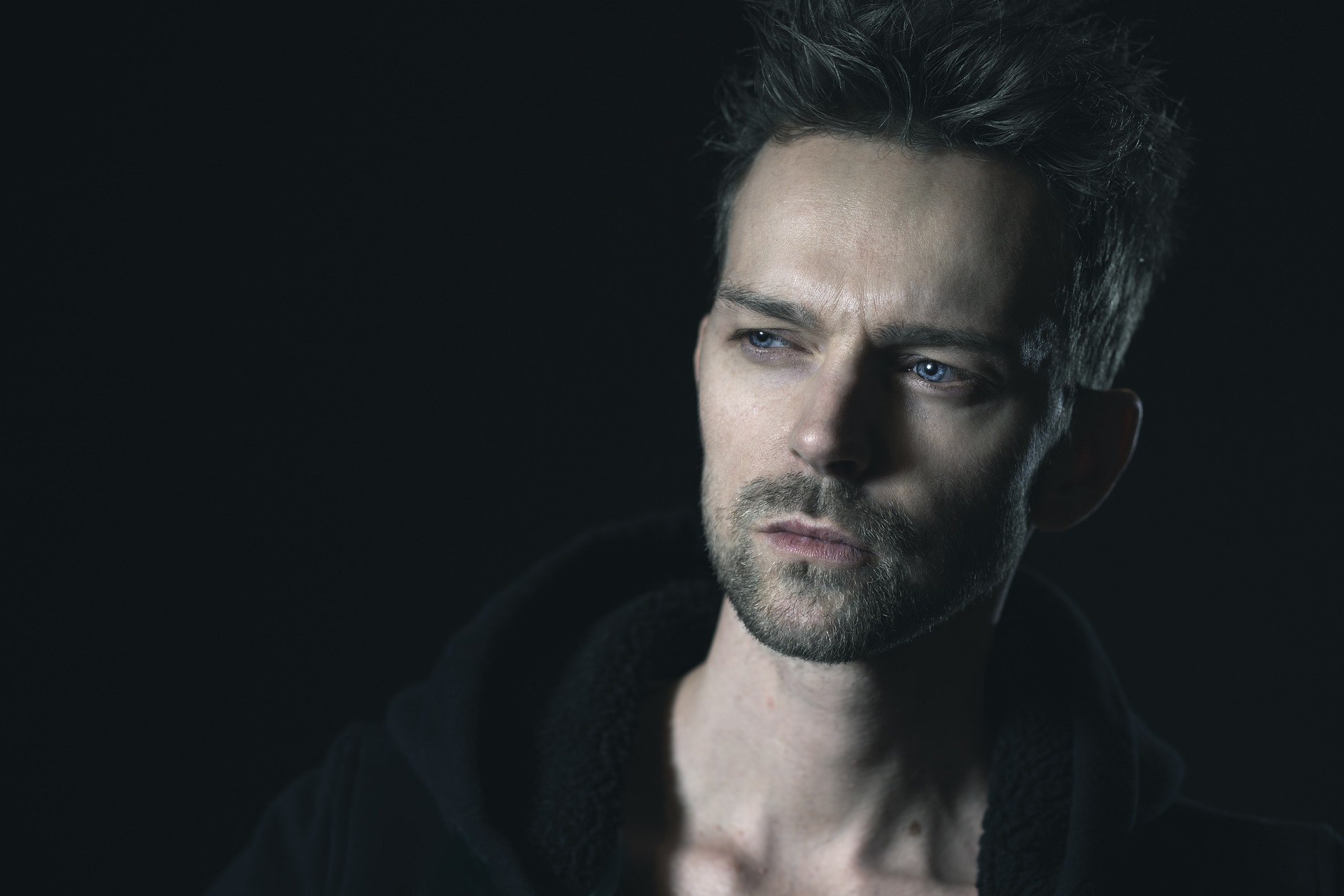
by Shireen Qudosi Founder, The Foundation for Human Belonging
This time it was Buffalo, NY. Next time it’ll be some other U.S. city.
We need to look at all the system and cultures that create violent extremists.
On Saturday, 18-year-old Caucasian male Payton S. Gendron, said to be “entranced” by white supremacist ideology known as “The Great Replacement Theory,” went on a shooting spree in a Buffalo, NY supermarket. Directly targeting an African American neighborhood, he killed 10 people and injured three more.
The Great Replacement Theory
Simply put, the Great Replacement Theory is an idea rooted in a radicalized worldview: that there is only one way to be and belong in the world1. The ‘theory’ (not founded on any scientific principles but rather rooted in fear and paranoia) panders to the supremacist narratives that allege “white” people are being replaced by minorities in both birth rates, preferential treatment, and culture.
The word “white” and its obsessive use is part of the problem here in how we discuss ideological extremism. The issue isn’t so much “white”, which is rooted in a human classification system of race that doesn’t actually exist, but rather what I call Western cultural hegemony.
By definition, “hegemony” is leadership or dominancy, especially by one country or social group over others. Western cultural hegemony assumes (and works into practice through systems) that Western culture (“white”) is superior to other cultures. It’s a logical fallacy that assumes Western culture as it stands today developed in some pristine vacuum, when in fact we know that the West’s interface with the East played a significant role in the development of both cultures. If history tells us anything, it’s that human culture is an ecosystem and not a hierarchy of domination despite what its adherents have practiced and preached.
The Rot of Separation
The story goes deeper. The idea of the supremacy of one group over another is not exclusive to “whites.” I came into this field of inquiry after 9/11 where over the next two decades I put my own faith and identity under a rigorous microscope. I learned of the grievance of a Muslim history that felt “destiny disrupted” (I recommend the book by the same name) when Western culture began surpassing Eastern culture in progress and innovation. (The culprit was the printing press: one part of the world adopted it and excelled while the other didn’t and regressed). In other words, it’s not just “white” culture that thinks its superior; there are aspects of Eastern culture that hold similar supremacist strains toward non-Eastern civilizations. The same goes for faith and national identity. For now, it’s “white” supremacy that’s getting the attention because there’s been a rise in violent attacks over the years along this storyline. While it absolutely needs to be discussed and understood, it is not the only story on the shelf. There are other forms of supremacy, great and small so to speak, that shape the larger narrative of 21st-century extremism.
You can see the echoes and intertwining of stories in the Buffalo attack just in the space of this one attack let alone time and history immemorial where humanity has been caked into oppression Olympics of one group against another. Shortly after the Buffalo attack (a slippery use of language in itself given that ‘Buffalo’ didn’t attack anyone, but rather one Payton Gendron did, a puppet and in his own way a victim of a violent supremacist ideology), the trending topic on Twitter was “groomers” which implied that it’s “white Republicans” grooming children to be violent killers. The topic was a spin on an attack conservatives put out on liberals after the story a month or so ago about controversial sex education et al. in public schools by often fringe far-left educators.
I’m sure if feels like I’m deviating from the main point of this article, but stay with me…
The attack accusing Conservative “groomers” of advocating gun culture among youth (a) ignores that Islamist cultures do the same. In fact, that country we pulled out of too fast after screwing over the last twenty years — Afghanistan — is openly “grooming” child soldiers. So is Hamas as it weaponizes children into proxy fighters for its political agenda. The list of countries and ideologies grooming children goes on and on, but we don’t talk about it because (a) some fear being accused of bigotry for speaking truthfully on the distorted cultures that rose out of Islamic teachings and (b) as a society we have neither the bandwidth, interest or even skill in hosting layered intersectional conversations beyond the mud-slinging of trending attacks at the closes opponent and easiest target.
The point is this: What the Buffalo shooter did is a heightened and violent manifestation of what we’ve been doing to each other, down to how we talk about political opponents. What we’re witness to isn’t simply “white supremacy” — a label that requires using the fractured and divisive lexicon of race to even talk about itself. What we’re seeing is the rot of Separation, a Distortion pattern.
“We Are Human. They Are Not.”
“In the movement many just say ‘Oh here is a nut job and now this makes the movement which isn’t really like this look bad,’ but when you get to the nitty gritty it is what it’s about. Not everyone in the movement is a violent accelerationist BUT ultimately that’s what the message is. We are human they are not. We deserve to be here others do not.” — Acacia Dietz, former member of the National Socialist Movement (NSM), the largest Neo-Nazi organization in the United States
Because it’s easier to attack people than it is to attack ideas and systems, a nation of mourners (already suspended in a holding pattern of grief in all the ways our lives have been dehumanized in my own living memory), went on the offensive to attack news host and political pundit Tucker Carlson (among others including NY Congresswoman Elise Stefanik)
However, the language that encourages white supremacists goes deeper than the talking heads. Each talking head at the level of Tucker Carlson has an entire corporate team behind him, supporting, funding, and scripting the message. Every single one. Hate media is their cash cow. I know because at one point I was softly being primed to be the Muslim Ben Shapiro or Candace Owens. (Obviously, I didn’t go through with it because here I am writing a piece all of 8 people will read while shaking my tin jar for tuppence).
There is a ton of footage out there for how media orchestrates its messaging (and as I’ve said before, media is the real complex contagion). The most obvious recent example is the literal scripts that were being read in synchronicity after George Floyd’s killing, arguing that public murder wasn’t ‘quite so bad’ because Floyd was a porn star/drug user.
#BuffaloMassacre https://t.co/43AXzPt4q9
— The Foundation for Human Belonging (@Human_Belonging)
The orchestration also extends to Kyle Rittenhouse who was brought into the conversation on grooming a culture of violence. Rittenhouse is the boy-child who killed 2 people in Wisconsin while role-playing as a community defender and is also a case study of what ideological indoctrination looks like. (Read my interview with Dr. Kingsley Madueke on how vigilantes are created and how they contribute to the epidemic of violent extremism).
Why Good People Join Bad Ideas
I highly recommend watching this 2-minute clip from award-winning Amazon TV series The Boys for creative storytelling on how media and political influencers radicalized good people.
What We Give Our Attention to Shapes the Stories We Tell
“Our online discourse is part of the bias radius of an attack. We have the power to lessen that radius.” — Nafees Hamid, PhD
Nafees Hamid did an extensive study mapping brain scans of jihadists, leading him to have a layered understanding of what makes people willing to fight and die for their beliefs. The hyper-focus on the trauma and fear narratives of terror attacks are part of what drives recruitment and support for the destructive and dehumanizing stories that killed 10 people and terrorized a nation. Instead of highlighting the terror ideology, illuminate the lives of those we lost. (See the slideshow of victims).
What makes people willing to fight and die for their beliefs? @nafeeshamid and his colleagues scanned the brains of supporters of groups like ISIS and Al Qaeda to find out. https://t.co/REDWxtaFb6 pic.twitter.com/HQNIeHSxsO
— New York Times Opinion (@nytopinion) March 2, 2020
As I’ve spoken about on my own personal Instagram account — and am writing about in my book The Song of the Human Heart — our attention is sacred and what we give attention to, we feed.
The world events are fast-moving and people are already in a fear paradigm, especially after 2 years of a global pandemic (playing out like a film plot), and now the war in Ukraine (playing out like last century’s history on rinse/repeat).
In just the last three days, we experienced the killing of a beloved journalist Shireen Abu Akleh, the Buffalo terror attack, followed just one day later by another racially motivated killing of church members in Orange County, California. We experienced all that in just three days. I don’t know about you, but I’m emotionally exhausted.
This is beyond our human capacity to process, and yet here we are into another work week having to pretend we didn’t spend our weekend horrified and suspended in terror… again. At any other point in human life, we wouldn’t in inundated with this much information, this much raw emotion, this much infighting. In any real civilized society, we would have space to mourn the dead. We would have had space to grieve. We would have elders not influencers guiding us. We have lost all that. We have lost the ability to gather and collectively experience a shared reality, which is integral to the human experience.
Still, we’re the lucky ones, able to go home to our families at the end of the day. We need vastly different systems of how we broadcast and share information. We need a vastly different approach to how we talk about the crisis of our times. We need an entirely new map to chart our journey into the frontier that extends before us.
To begin with, we need an allied front across disciplines when it comes to addressing radicalization and extremism. On that note, I’m proud to announce that The Foundation for Human Belonging — an educational2 501c3 I’ve formed over the pandemic that explores the arc of human belonging — is partnering with Beyond Barriers to together continue to build alternative frameworks challenging radicalization and extremism.
Beyond Barriers was founded by Jeff Schoep, former leader of the NSM who left the movement several years ago and has brought together former extremists, academics, and professionals in their field to develop deradicalization programs and community outreach efforts.
The Foundation for Human Belonging deconstructs polarization, radicalization, and extremism through soft storytelling and remembering what it means to be human, supported by advocating for next-generation resiliency through protecting the sanctity of childhood.
ENDNOTES:
There are academic definitions of radicalization that deviate and also dive deeper into a technical understanding of radicalization. The definition shared here is my analysis of radicalization, in my own unique lexicon based on both lived and field experience. My work is rooted in simplifying overly and unnecessarily complex ideas so that we can begin to work on the issues we’re struggling with, that mark and stain our lives and erode the beauty of what it means to be human.
For now, the holding space for the Foundation for Human Belonging is solely education, through the publishing of articles like this and in time the returning podcasts (there are some wonderful well-known guests who have agreed to come on). There is also the development of online and in-person training programs. However all this is depending on capacity and funding. If you’d like to be involved or offer your support, please contact me at [email protected]
© 2022 Shireen Qudosi
This article was originally featured on Beyond Polarity



